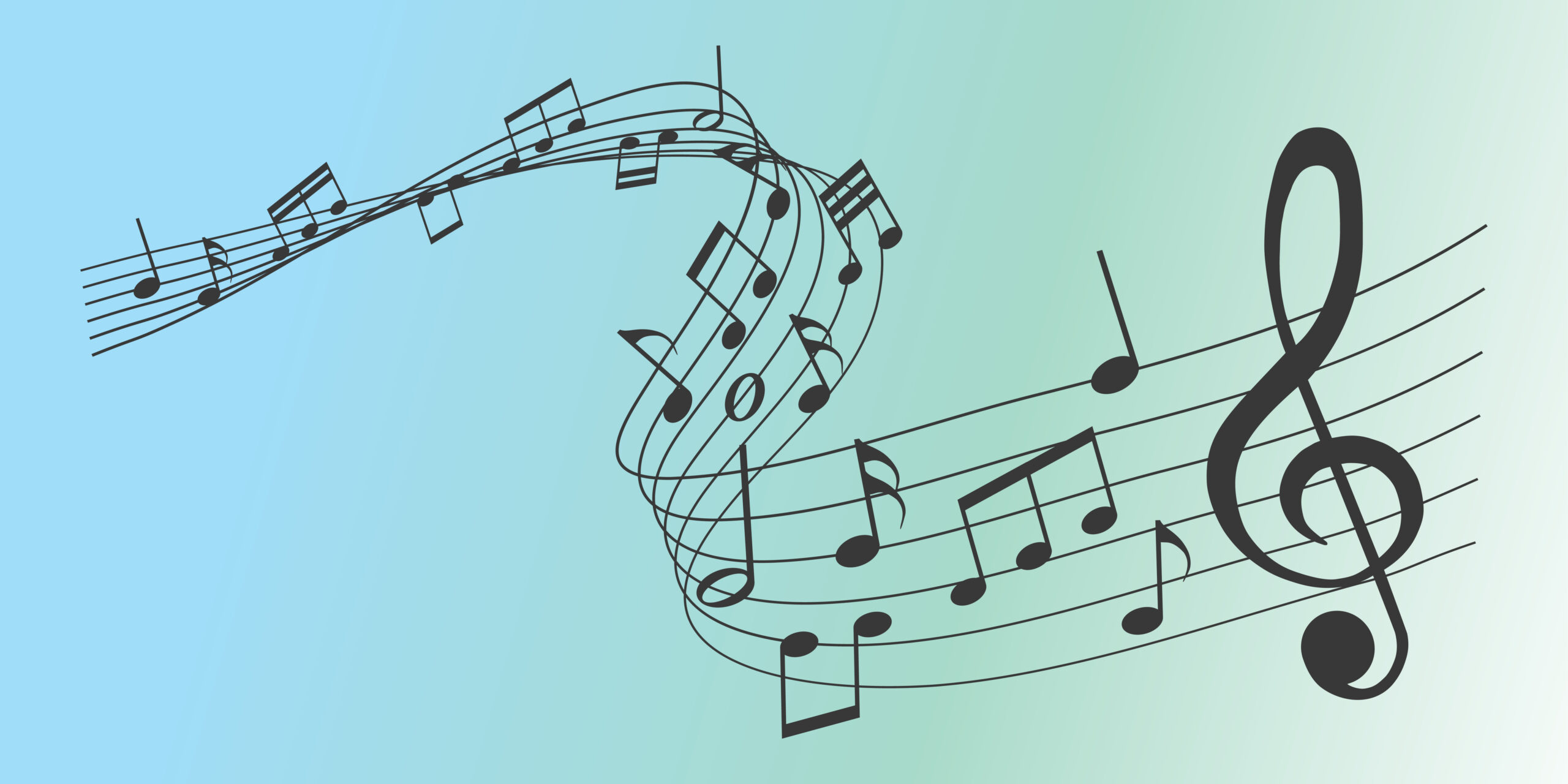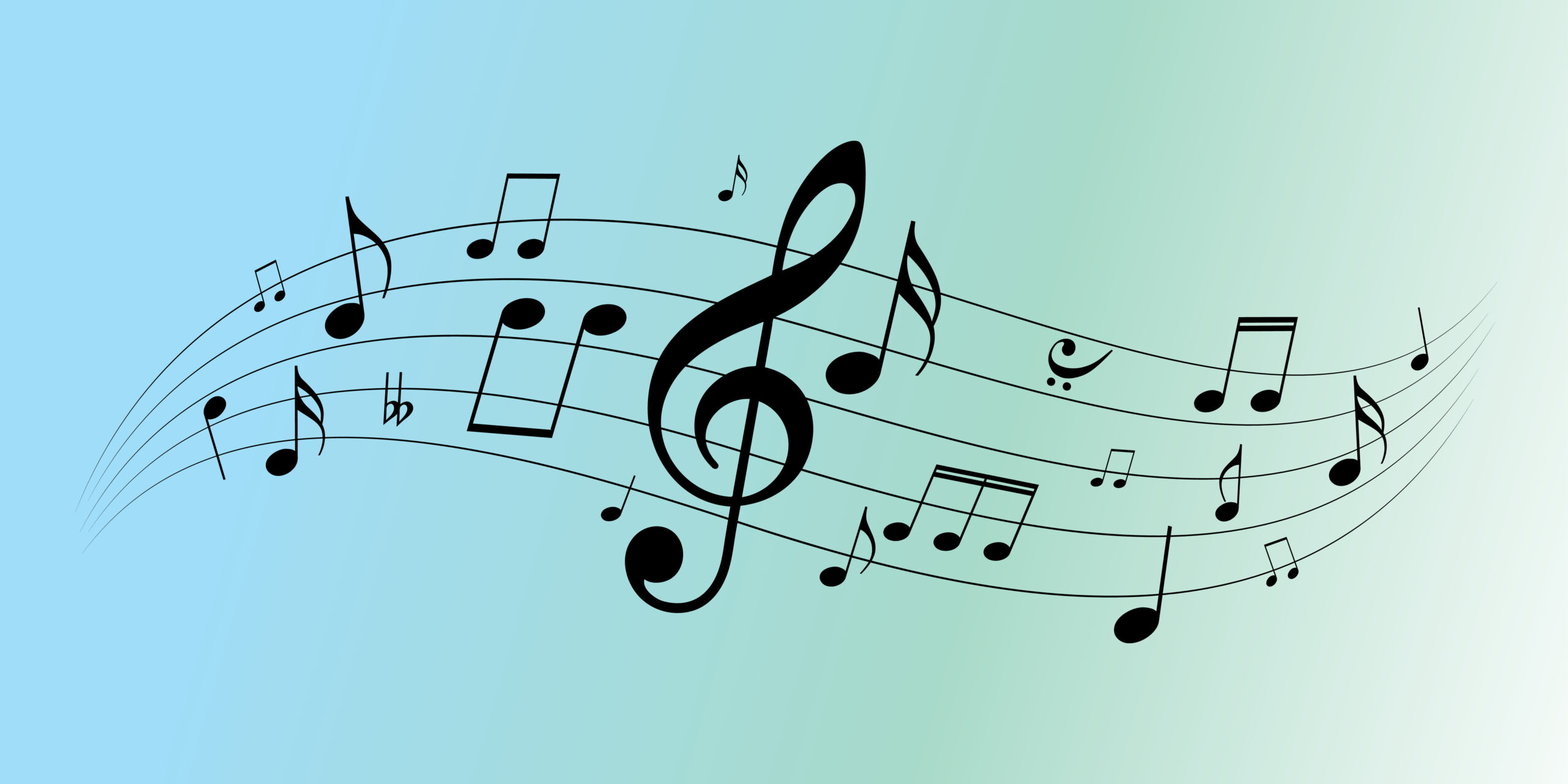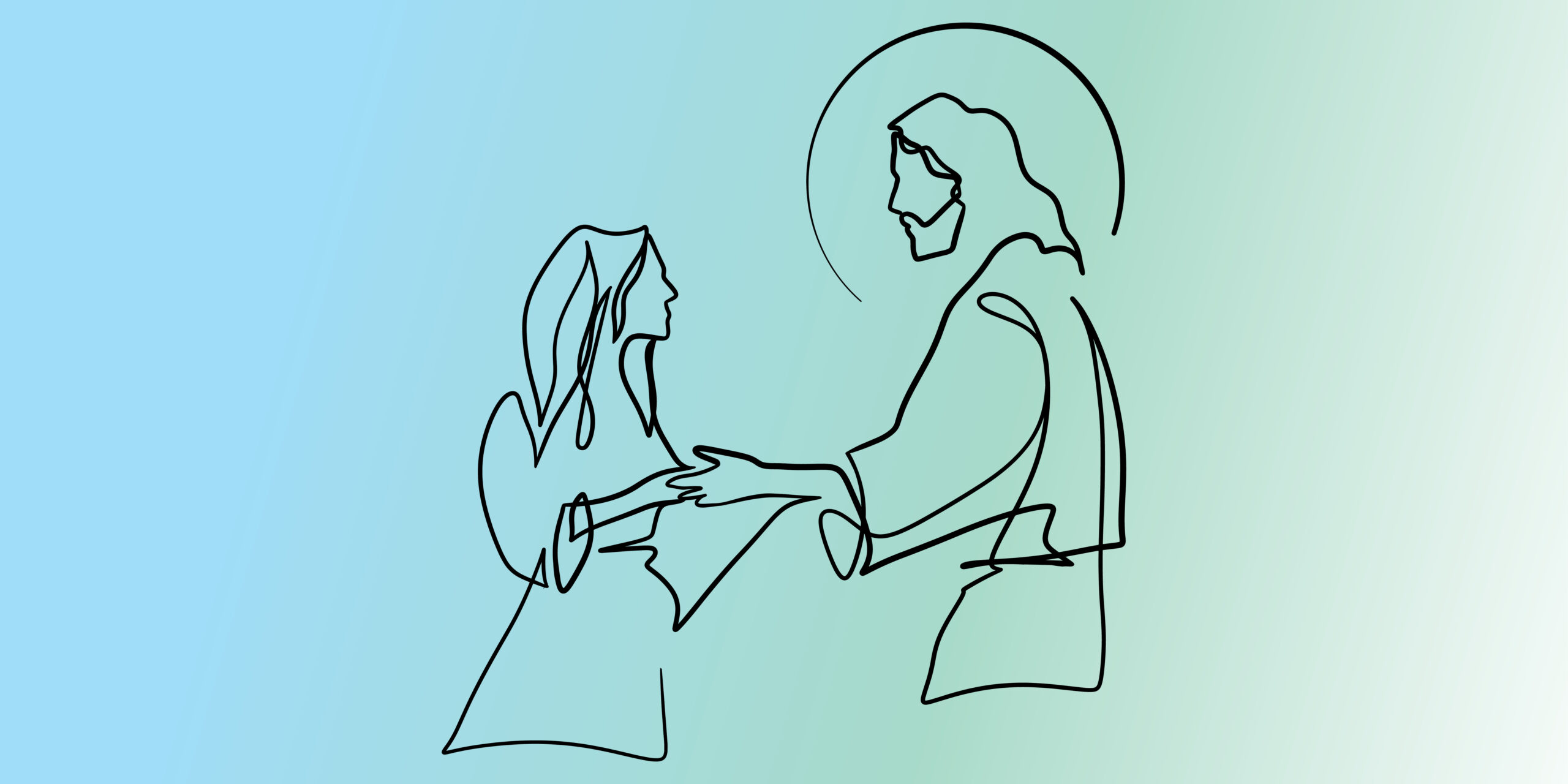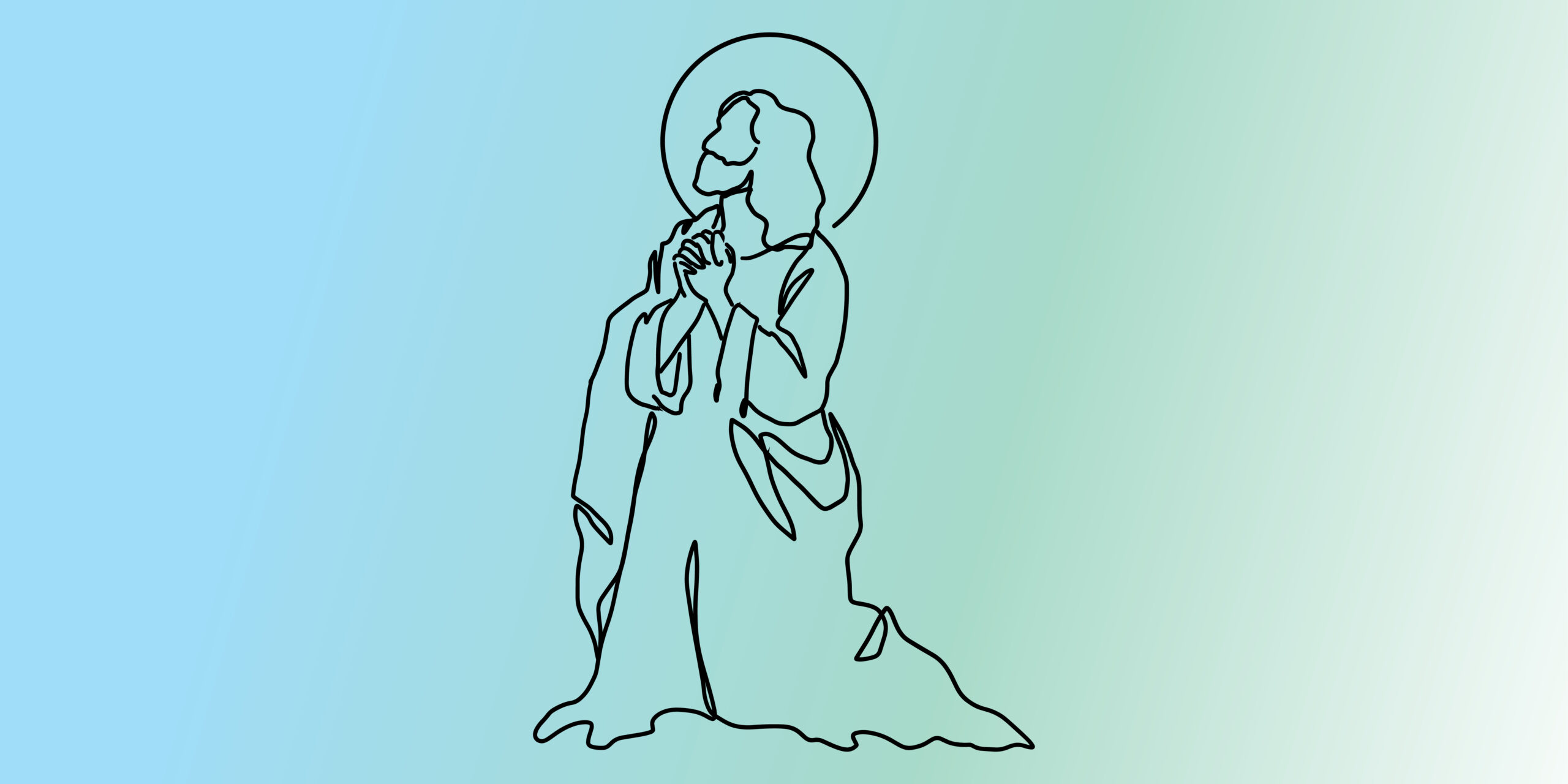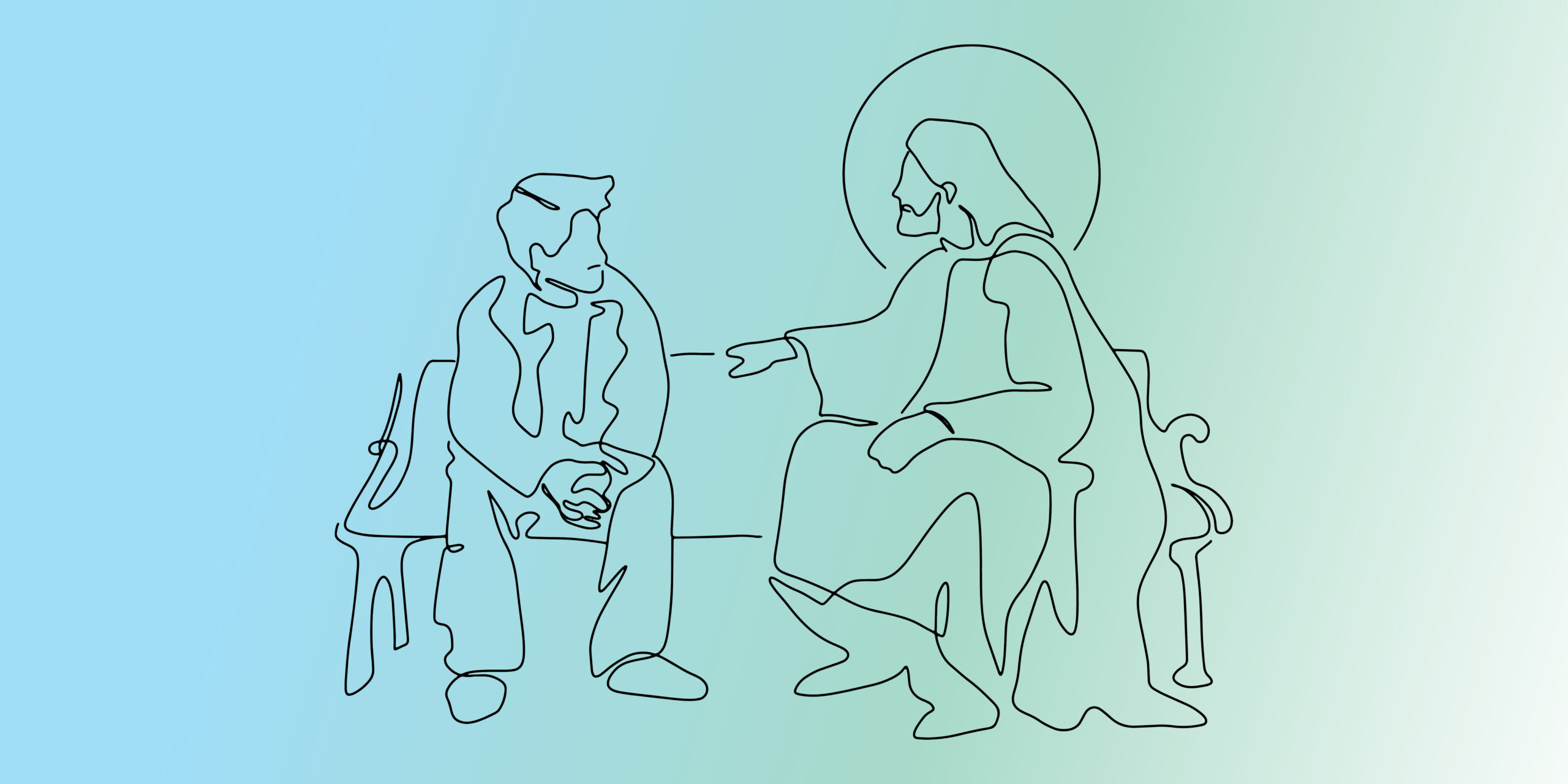Originally published in the GIA Quarterly, Volume 35, Issue 2
Strengthening the Liturgical Judgment
Nick Wagner
PASTORAL MUSICIANS ARE THE UNSUNG HEROES of the liturgical drama, orchestrating a harmonious symphony of worship for the faithful. While they are usually spot-on in evaluating the musical quality and pastoral relevance of their selections, there’s often a bit of a hiccup when it comes to judging the liturgical appropriateness of their choices.
THE THREE JUDGMENTS OF LITURGICAL MUSIC
Most pastoral musicians are familiar with the three judgments that guide pastoral musicians in making their musical choices: the liturgical judgment, the pastoral judgment, and the musical judgment (see “Sing to the Lord: Music in Divine Worship,” 126–36). These three judgments are like the holy trinity of musical decision-making, ensuring that the music selected enriches the worship experience.
In “Integrating Liturgy into the Ministry of Liturgical Musicians” (in this issue), Jim Sabak, OFM, writes about the pivotal role of pastoral musicians in the liturgical ensemble. He emphasizes how music can be the key to unlocking, as Musicam Sacram states, “a more graceful expression to prayer” (p. 9). Sabak applauds the musicians’ ministry, one that shapes the liturgy and weaves engaging liturgical experiences for the faithful.
THE LITURGICAL JUDGMENT: THE MISSING NOTE
While pastoral musicians may shine in the realms of musical and pastoral judgments, their evaluation of the liturgical quality of their choices sometimes falls a little flat. This deficiency might stem from a lack of in-depth understanding of the theological and doctrinal aspects of liturgical texts, leading to the selection of music that doesn’t entirely align with Catholic teachings and liturgical themes.
Sabak writes:
Many parishes have fantastic musicians whose abilities to translate music into profound statements of praise and worship may indeed lift the hearts and minds of the faithful to God. At the same time, many of these individuals may be ignorant of the basics of liturgy…. Failing to establish a connection between music and liturgy deprives liturgy of beauty and limits the impact of music to only an art form. (page 10)
Sabak also underscores the richness of Catholic liturgical life, emphasizing the significance of symbols and scripture stories within the liturgy. He says that “liturgical musicians can benefit from a deeper appreciation of the fundamentals of liturgical theory and liturgical theology” (p. 10).
There are lots of ways to accomplish this, including attending workshops, seminars, or courses that deepen one’s understanding of Catholic liturgical theology. Another method is simply to read the liturgical documents, such as the “Constitution on the Sacred Liturgy,” the “General Instruction of the Roman Missal,” and “Sing to the Lord.” The church’s liturgical documents offer valuable guidance on the appropriate use of liturgical texts and music.
The simplest first step might be to follow Sabak’s suggestion to begin a “regular discussion between pastoral clergy and musicians on themes present in the readings or the prayers of a given Sunday” (p. 10).
The stage is set for pastoral musicians to strengthen their liturgical judgment and complete the holy trinity of musical decision-making. By embracing theological formation, harmonizing with liturgists, studying liturgical documents, engaging in prayerful reflection, tuning into Scripture, and committing to continual learning, pastoral musicians can bridge the gap between music and liturgy. This holistic approach will create a more spiritually resonant and enriching worship experience, forging a deeper connection between the liturgical action and the musical expression of faith.
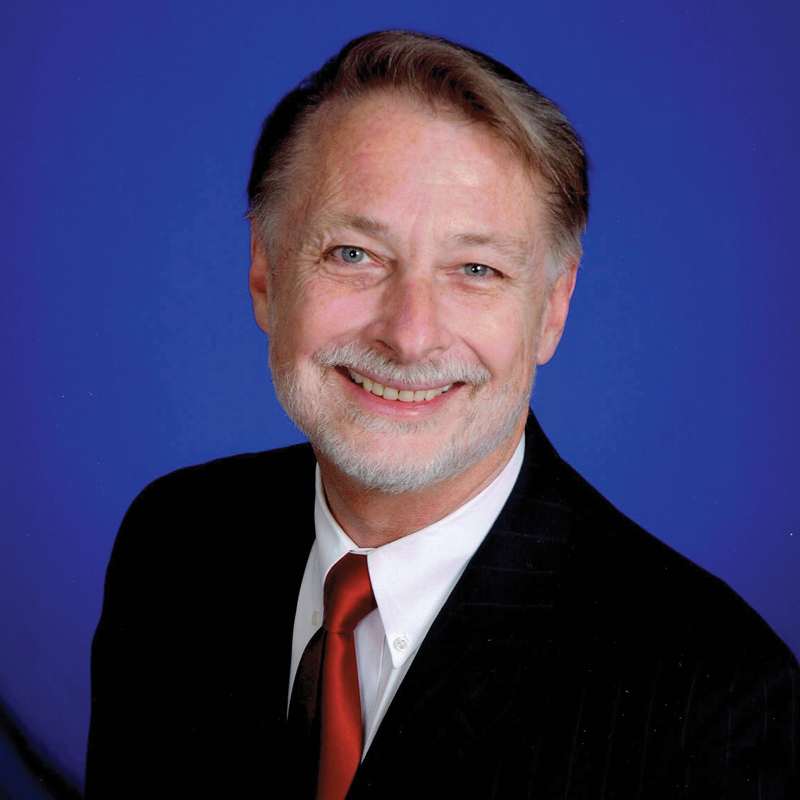
NICK WAGNER, editor of the GIA Quarterly, is a writer and editor in San José, California. He is also the cofounder of TeamRCIA.com. Send comments to Nick at [email protected].

